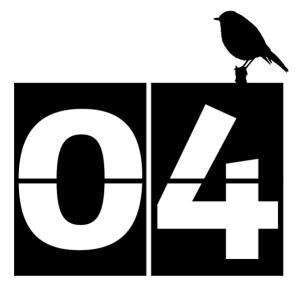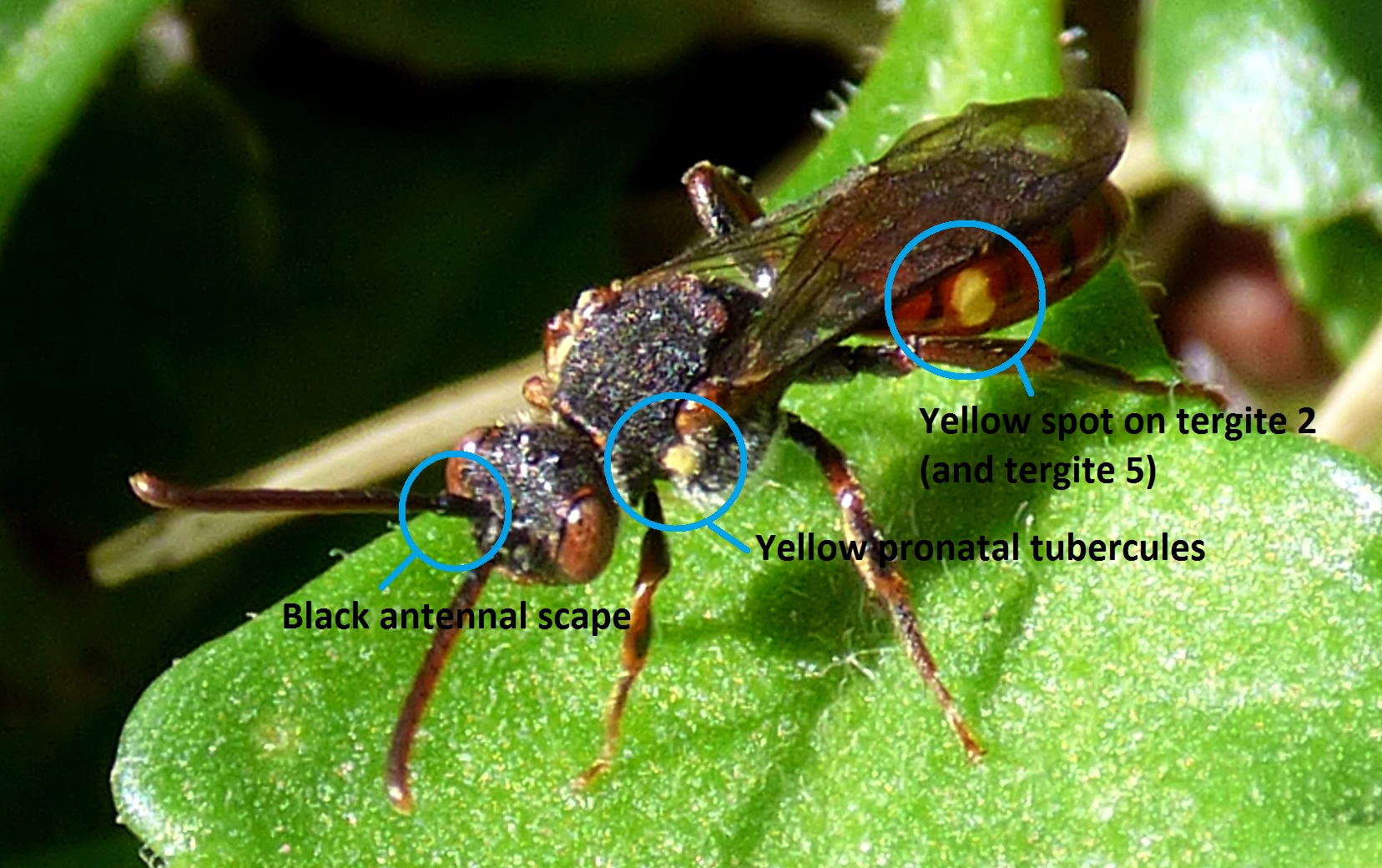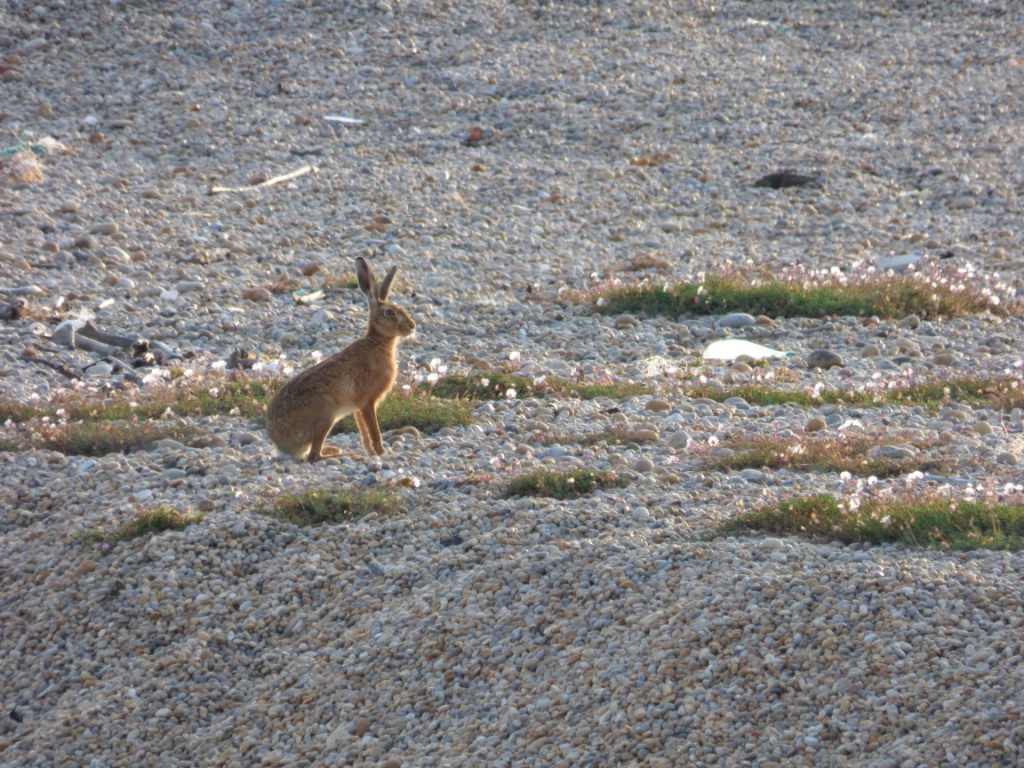#30DaysWild – Days 4 & 5


There isn’t much to show for Day 4 as I spend much of the day out in the garden without my phone or camera. However, I did pop out for a bit and I saw a family of Mute Swans (Cygnus olor) on the river. Look at how cute and fluffy the cygnets are!!!
#30DaysWild Spent most of the day in the garden w/out my phone. Hm
However did pop out for a bit & saw cute cygnets! pic.twitter.com/3g98VFrVmw— Megan Shersby (@MeganShersby) June 4, 2016
I was working on Sunday (day 5), but still managed to squeeze quite a lot of wildness in! We have Swallows (Hirundo rustica) nesting in the stable block at Wimpole and I finally saw one of them with nesting material. Until then, I had only seen them flying about and chattering away.
Actually saw some Swallows taking nesting material to the nest this morning at @WimpoleEstateNT! ##30DaysWild pic.twitter.com/D33T4T4Jgt
— Megan Shersby (@MeganShersby) June 5, 2016
It was relatively quiet at work that day as the county show was occurring nearby (on Wimpole land, but not run by Wimpole). I popped over to give someone a new radio, and walked through the gardens to get there. I was thrilled to find Yellow Rattle () in the gardens, as it is one of my favourite wildflowers, (a) because it is very pretty, (b) because you can rattle the seeds around and (c) because it is a hemi-parasite on grasses and thus it is brilliant for turning an area of grass into a wildflower meadows!
Also wandered back through @WimpoleEstateNT gardens, found one of my fav flowers – yellow rattle! pic.twitter.com/eOt02sxksz
— Megan Shersby (@MeganShersby) June 5, 2016
The wildness continued after work as I was able to fit in a short wander whilst I waited for Matt to pick me up from Wimpole. I’ve not identified the white flower or the white moth just yet, though I am taking an educated guess and saying that it is a White Plume moth (Pterophorus pentadactyla). The other moth is a Blood-vein moth (Timandra comae), a species that I was very excited to find as I have admired in the book for ages and hadn’t actually seen one before!
And on top of county show and garden walk, I also had a short wander after work too. ##30DaysWild pic.twitter.com/3QD5IVzxKw
— Megan Shersby (@MeganShersby) June 5, 2016
For both days, I then spent the evening as a volunteer on the @30DaysWild Twitter account (whilst someone else volunteered on the Facebook group). I knew in advance that it was going to be quite busy – but I hadn’t realised quite how busy it would be! I barely had time to take a sip of water or to eat snacks during the four hour sessions. Whilst it was quite hectic, it was very enjoyable and so inspiring to see what everyone has been up to for #30DaysWild


















































